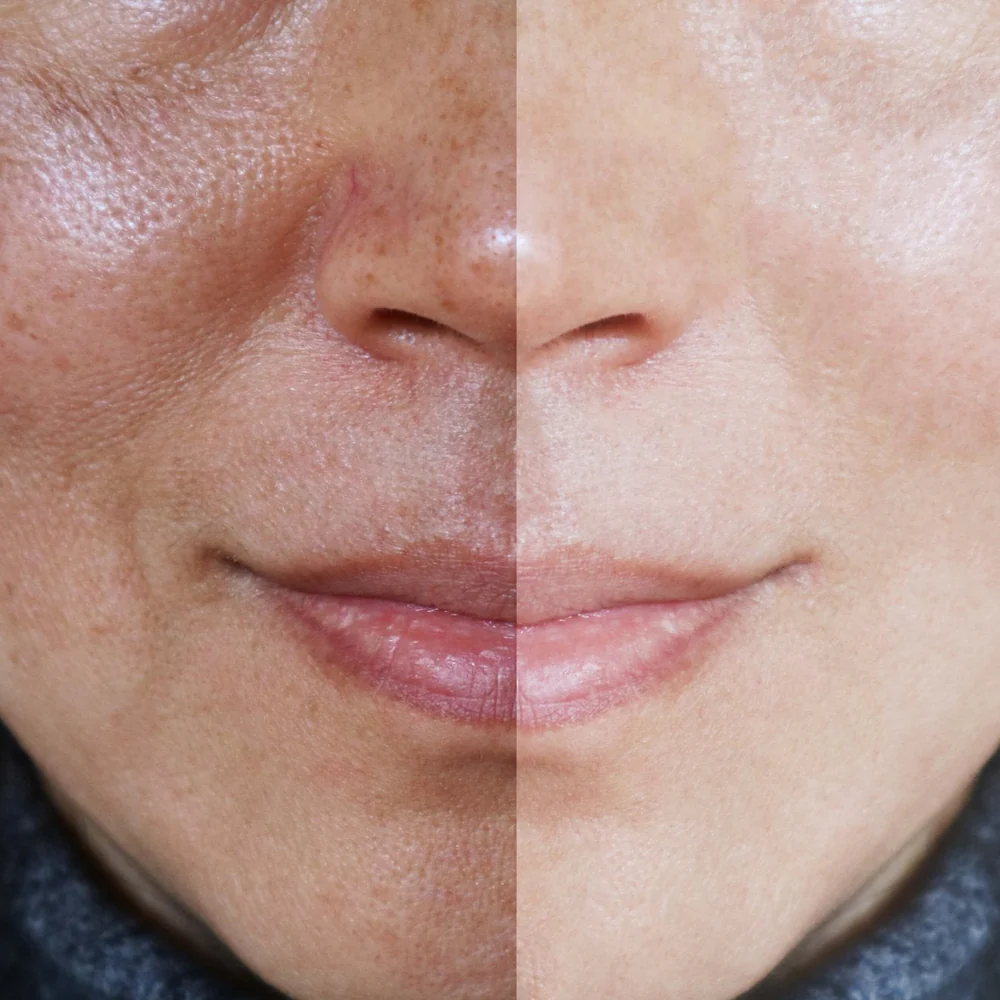As the seasons change, so does your skin. You might notice your face feels oilier in the summer, drier in the winter, or more sensitive during spring and fall. These fluctuations are completely normal—but if you don’t adjust your routine accordingly, your skin may become irritated, dull, or unbalanced.
In this article, you’ll learn how to recognize seasonal skin shifts and how to adapt your skincare routine to stay hydrated, protected, and glowing all year round.
Why Seasons Affect Your Skin
Environmental changes can impact your skin’s behavior. Here’s how:
Spring:
- Increased pollen and allergens = more sensitivity and flare-ups
- Skin may feel reactive, itchy, or congested
Summer:
- Hot, humid weather = increased oil and sweat
- Higher UV exposure = sun damage, dehydration, and hyperpigmentation
Fall:
- Drop in humidity = skin starts to feel drier
- Wind and cooler temperatures can lead to irritation and flaking
Winter:
- Cold, dry air + indoor heating = dehydrated, tight, or cracked skin
- Barrier function weakens, making skin more sensitive
Step 1: Watch for Changes in Texture or Behavior
Look for signs like:
- Increased oiliness or shine
- Sudden dryness or flaking
- Breakouts in new areas
- Redness or irritation
- Skin feeling tight or itchy after cleansing
If you notice any of these, it’s time to tweak your routine.
Step 2: Switch Your Cleanser Seasonally
- Summer: Use a gentle foaming or gel cleanser to remove oil and sweat
- Winter: Switch to a hydrating cream or milk cleanser that doesn’t strip your skin
- Spring/Fall: Opt for a balancing, non-drying formula that keeps your barrier strong
Avoid over-cleansing in any season—it can worsen both dryness and oiliness.
Step 3: Adjust Your Moisturizer
- Summer: Use lightweight, oil-free gel moisturizers with ingredients like hyaluronic acid or aloe vera
- Winter: Go for richer creams with ceramides, squalane, and shea butter to protect against cold and dryness
- Spring/Fall: Choose medium-weight lotions that provide hydration without heaviness
You can also layer: apply a hydrating serum, then seal with a moisturizer.
Step 4: Continue Wearing Sunscreen Year-Round
Many people stop using SPF in fall and winter—but UV rays are present even on cloudy days. And snow can reflect sunlight, increasing exposure.
- Use a broad-spectrum SPF 30+ every morning
- Opt for a moisturizing sunscreen in winter, and a mattifying one in summer
Step 5: Exfoliate Strategically
- Summer: Exfoliate 1–2 times per week to keep pores clear
- Winter: Exfoliate less often (once every 10 days) and use gentler acids like lactic acid or enzyme peels
- Avoid exfoliating when your skin is irritated, sunburned, or overly dry
Always follow exfoliation with a soothing moisturizer.
Step 6: Add Supportive Extras
Depending on the season, consider incorporating:
- Facial oils in winter for added protection
- Clay masks in summer to manage oil
- Soothing mists or calming toners in spring to reduce redness
- Overnight masks in fall to prevent moisture loss
These don’t need to be used daily—just as your skin demands.
Step 7: Stay Hydrated and Maintain Healthy Habits
Regardless of the season:
- Drink water throughout the day
- Get enough sleep
- Manage stress (which affects skin barrier health)
- Eat a balanced, nutrient-rich diet
Your skin’s appearance is deeply connected to your overall well-being.
Final Thought: Your Skin Evolves—So Should Your Routine
Skincare isn’t one-size-fits-all, especially when the weather changes. By paying attention to your skin’s seasonal signals and making small, smart adjustments, you can avoid irritation, dryness, and breakouts—keeping your skin balanced and beautiful all year.
Consistency matters, but flexibility is key.
